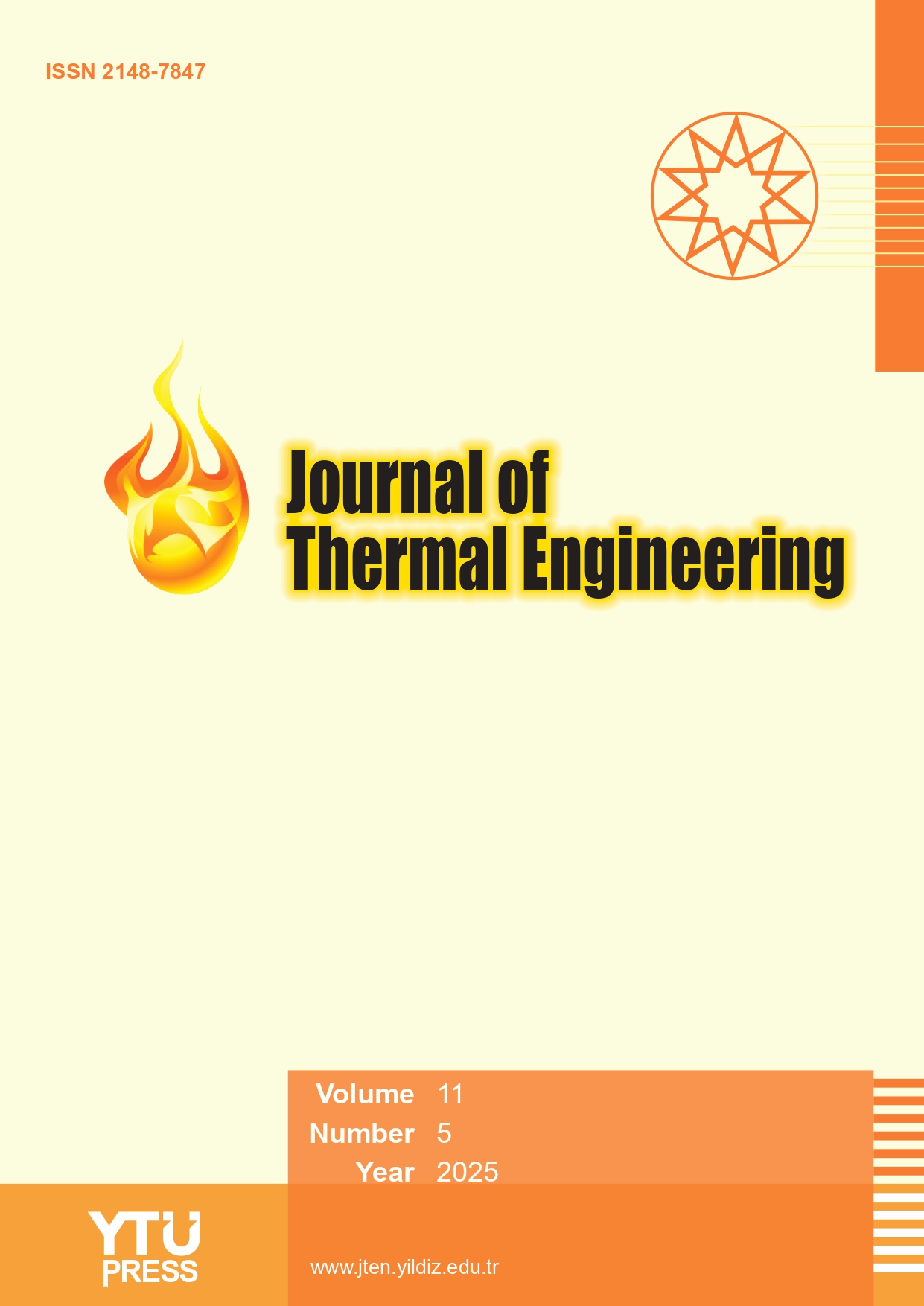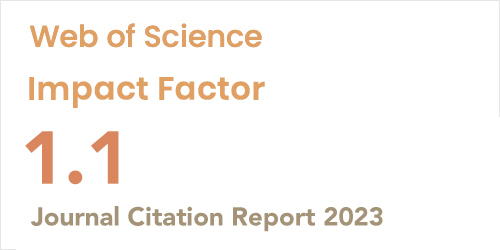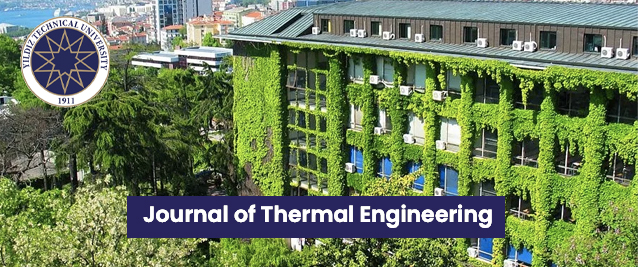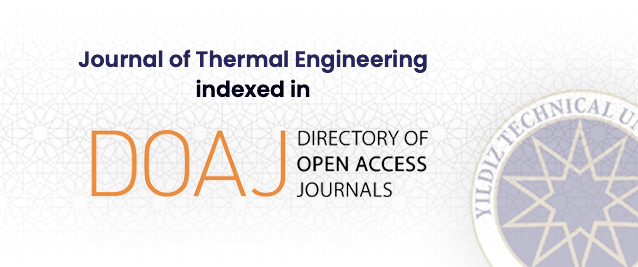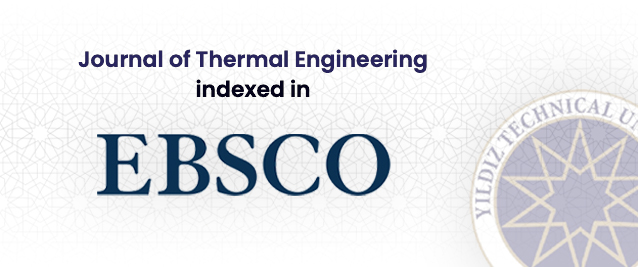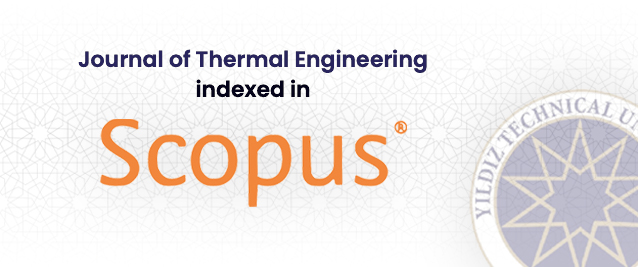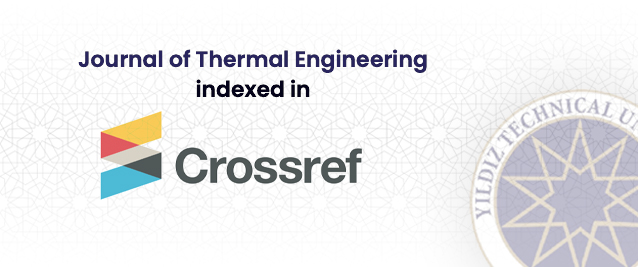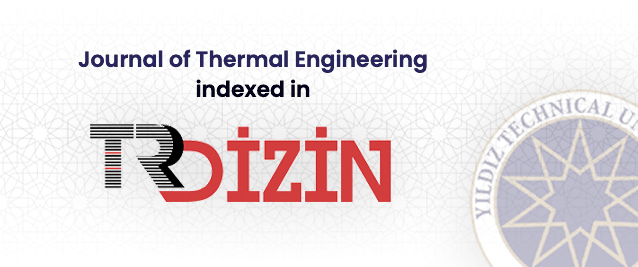Abstract
In this research, CFD modelling was employed to quantitatively investigate the influence of laminar forced convective heat transfer employing Al2O3/water and CuO/water nanofluids as working mediums, with a volume concentration (φ) of 4%, in three distinct compound micro-channel heat sinks (MCHSs). Each MCHS features a bottom circular cavity and a narrow slot (namely rectangular, trapezoidal, or semicircular reentrant) attached to the circular cavity's crest. Their cooling efficacy was compared to that of a traditional straight rectangular MCHS. Both nanoparticles had a diameter of 47nm, and the nanofluid's thermophysical properties were temperature-dependent. The fluid inlet temperature was maintained at 20°C, whereas the volumetric flow rate (Qin) ranged from 20 to 100ml/min. The results demonstrated that employing a hybrid heat transfer augmentation technique with CuO/water nanofluid at Qin=100ml/min increased the average Nusselt number (Nuavg) of the rectangular reentrant MCHS by 7.1% and decreased the total thermal resistance (Rth) of the semicircular reentrant MCHS by 16.8%, compared to using water in a traditional MCHS. However, this improvement in Nuavg was accompanied by a 45.8% increment in the total pressure drop (∆Pt) when the rectangular reentrant MCHS within CuO/water nanofluid was used instead of the traditional MCHS with pure water. This improved heat transfer is attributed to flow separation, fluid acceleration in the main flow, and intensified fluid mixing in the three newly proposed MCHSs.


